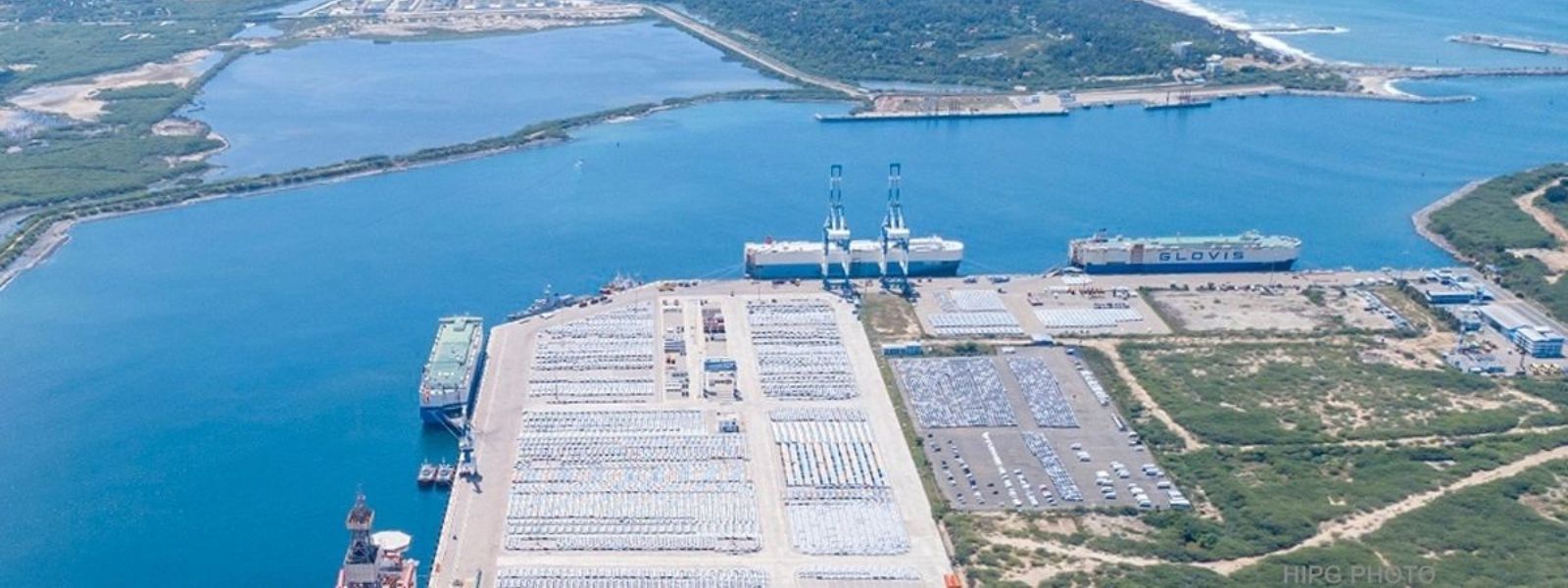.webp)

35% Live Coral Found at HIP Breakwater
COLOMBO (News 1st); The Hambantota International Port (HIP) is redefining industrial infrastructure by evolving into a thriving marine ecosystem and research site.
A recent coral reef study conducted by the Ocean University of Sri Lanka (OCUSL) at HIP’s breakwater revealed that 35% of the coral coverage is live, making it one of the most vibrant artificial reef systems in the country.
Led by marine scientist Dr. M.F.M. Fairoz, the study explored the semi-artificial reef formed in HIP’s high-security, low-disturbance zone.
The stable substrate of the breakwater has allowed coral larvae to settle and flourish, creating a “living laboratory” protected from fishing, pollution, and coastal stressors.
Compared to other reef sites in Sri Lanka — many of which have live coral coverage below 20% — HIP’s reef stands out as a beacon of resilience and biodiversity. The reef hosts a diverse marine community, including hard and soft corals, sponges, and over 20 species of reef-associated fish.
The project aligns with HIP’s ESG strategy and supports UN Sustainable Development Goal No. 14: Life Below Water.
Five senior OCUSL students participated in the study, and findings will be published in international journals. A comprehensive book compiling the research is also in development.
Other Articles
Featured News





.png )
-798643_550x300.jpg)
-798637_550x300.jpg)
-798631_550x300.jpg)









-797273_550x300.jpg)










.webp)






